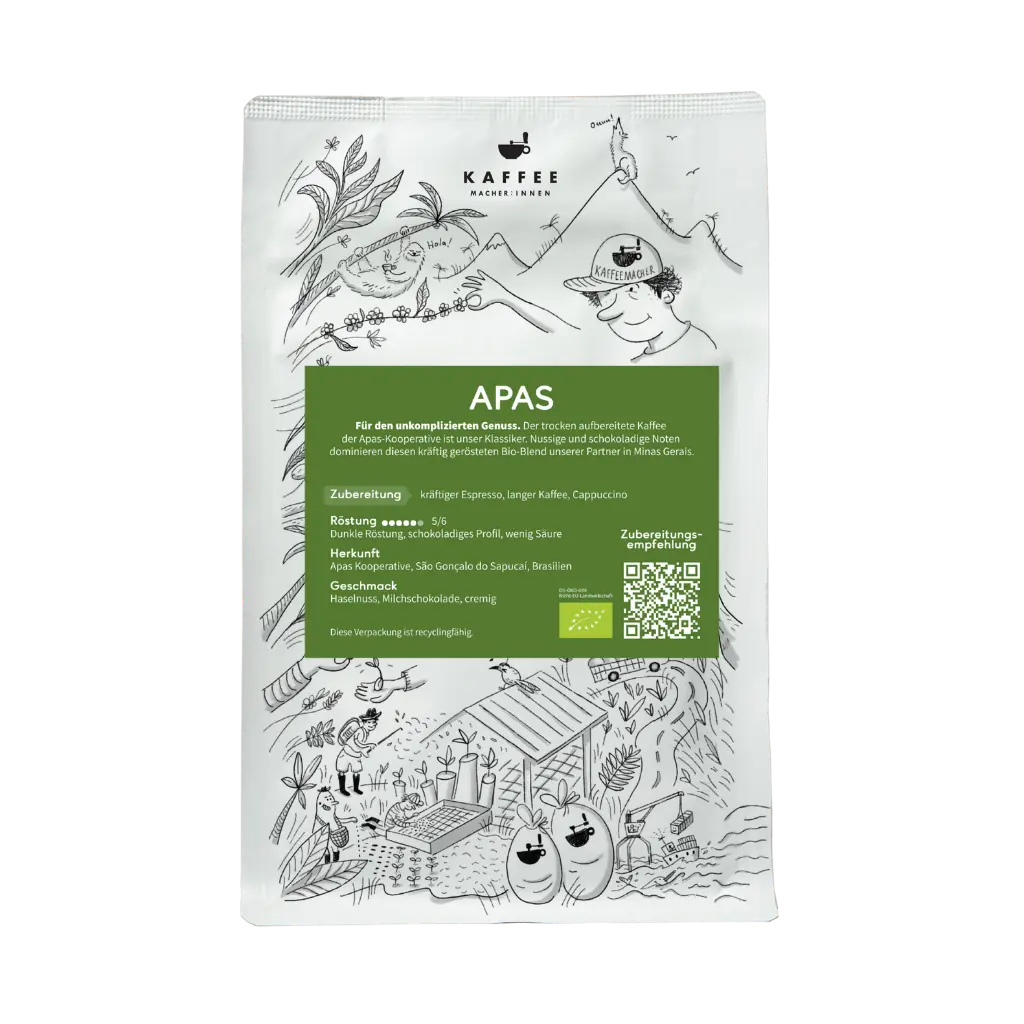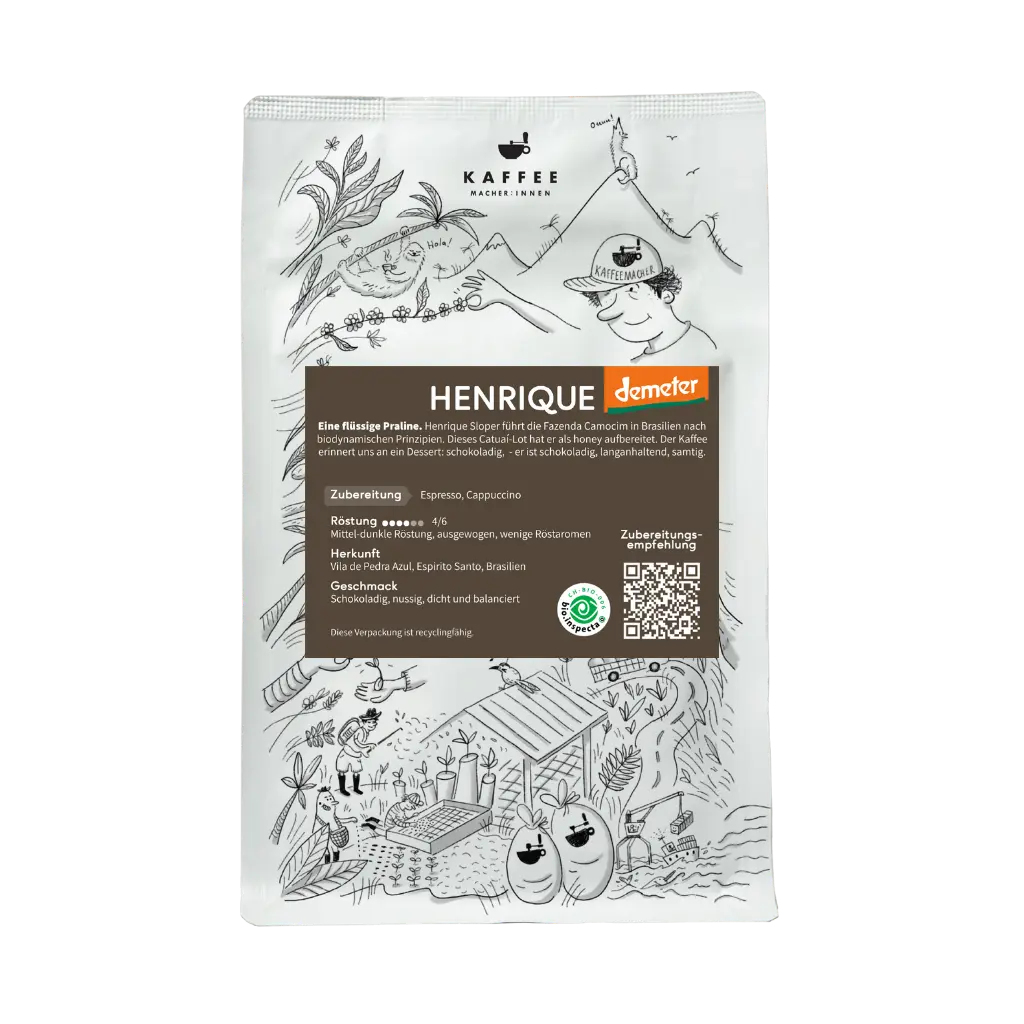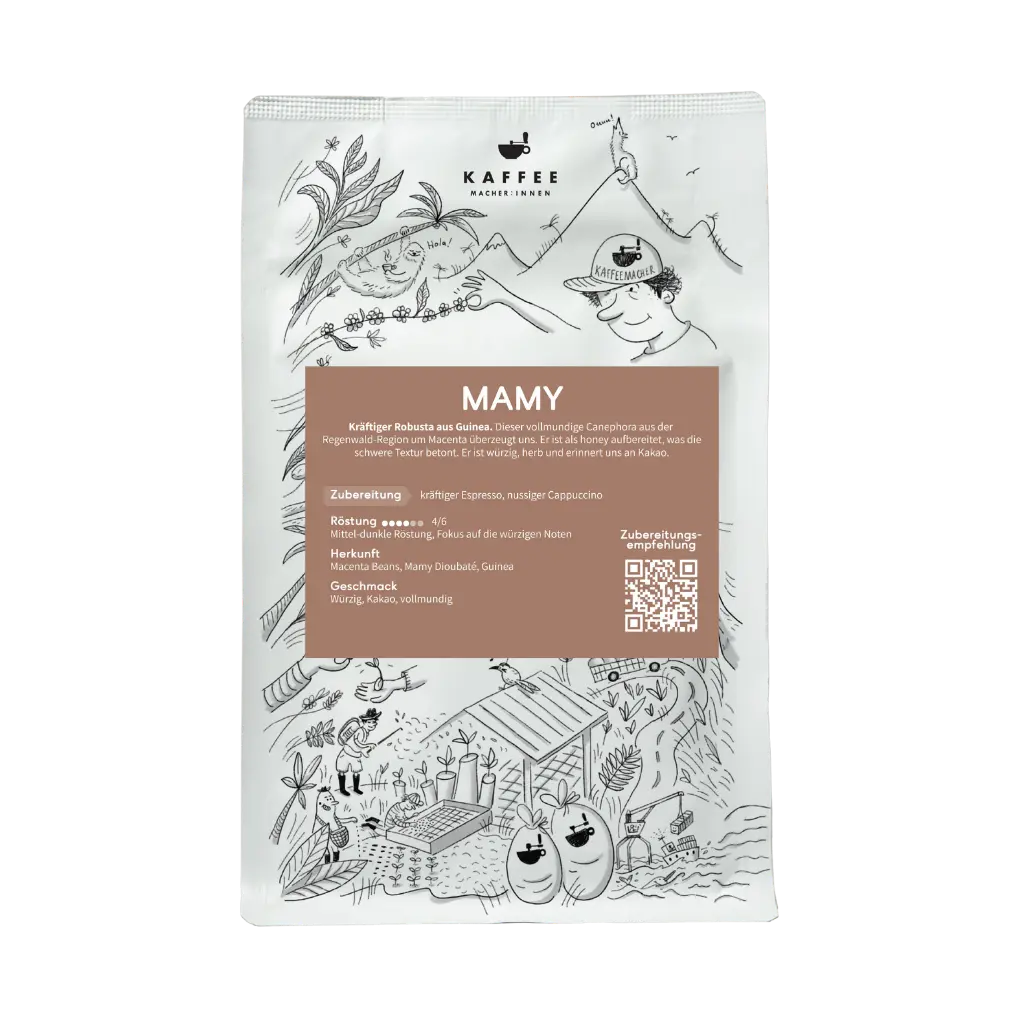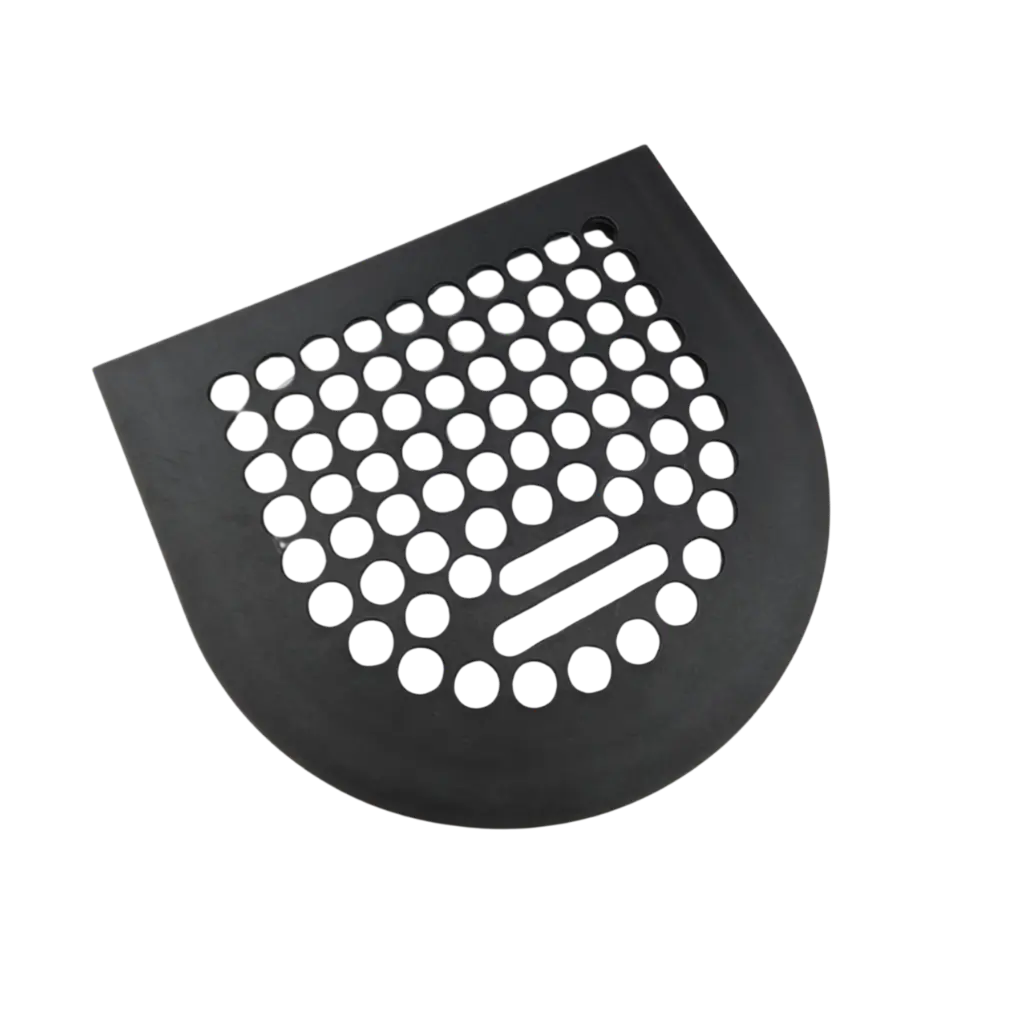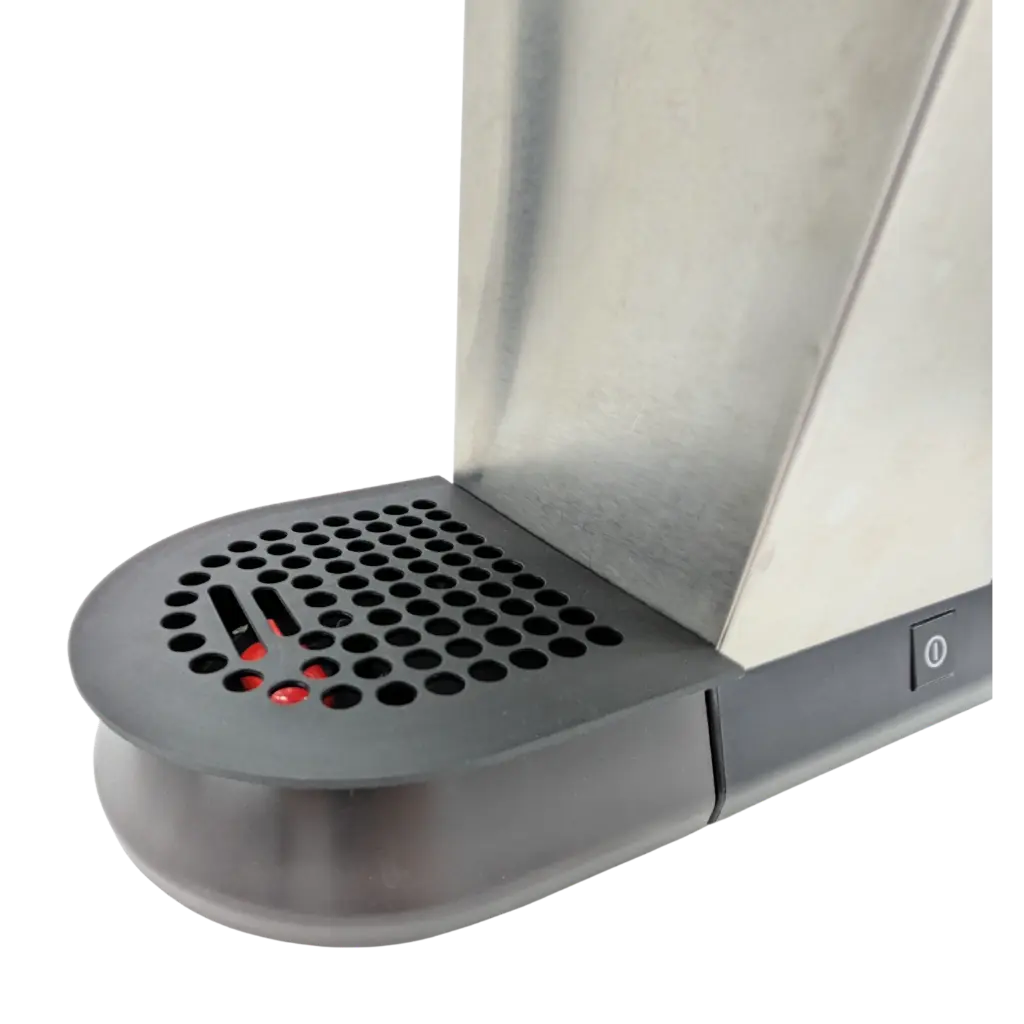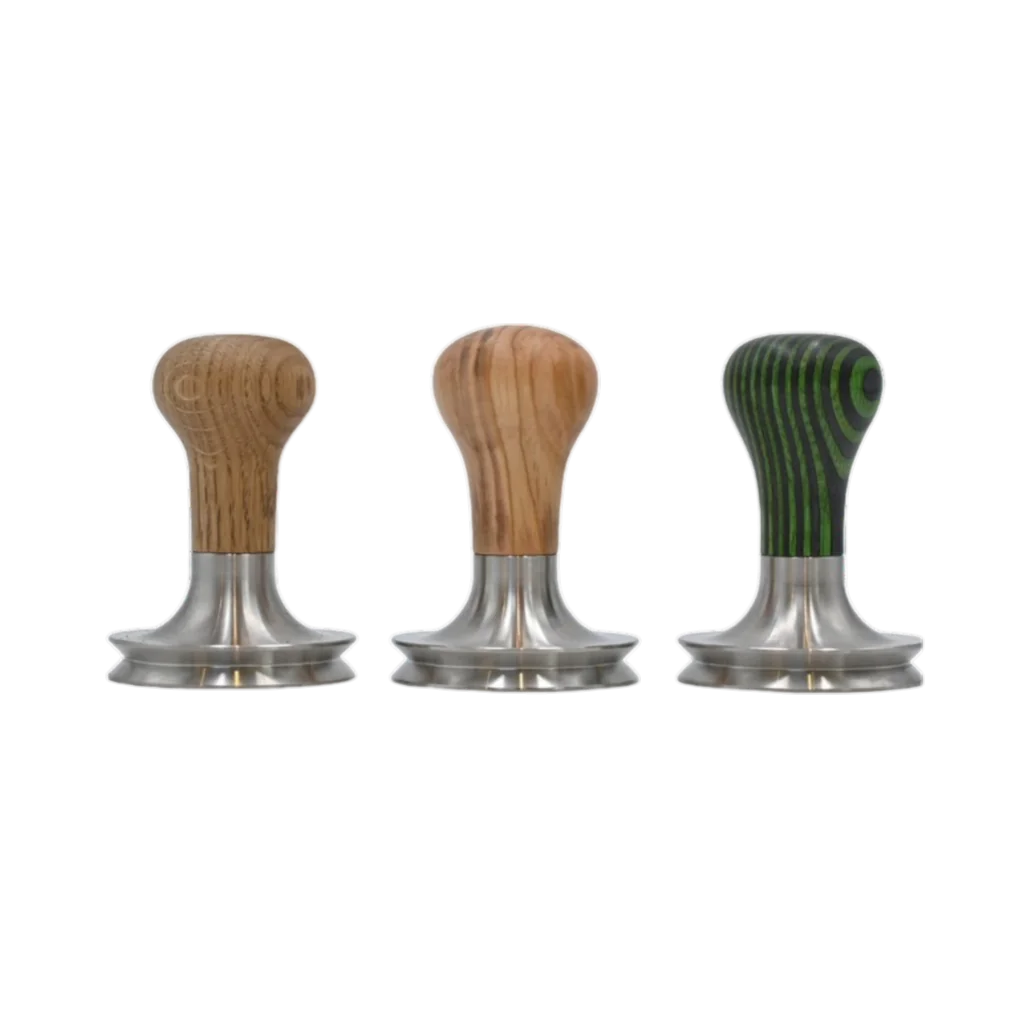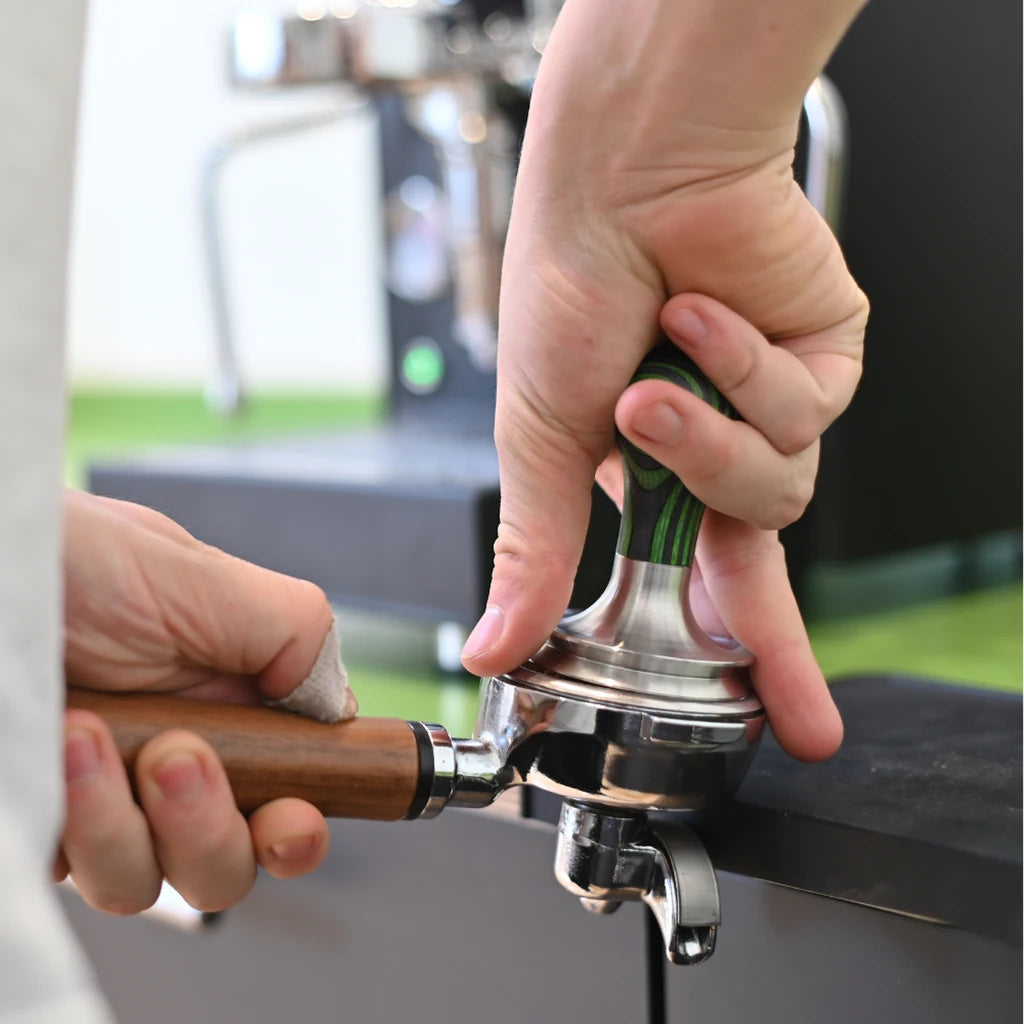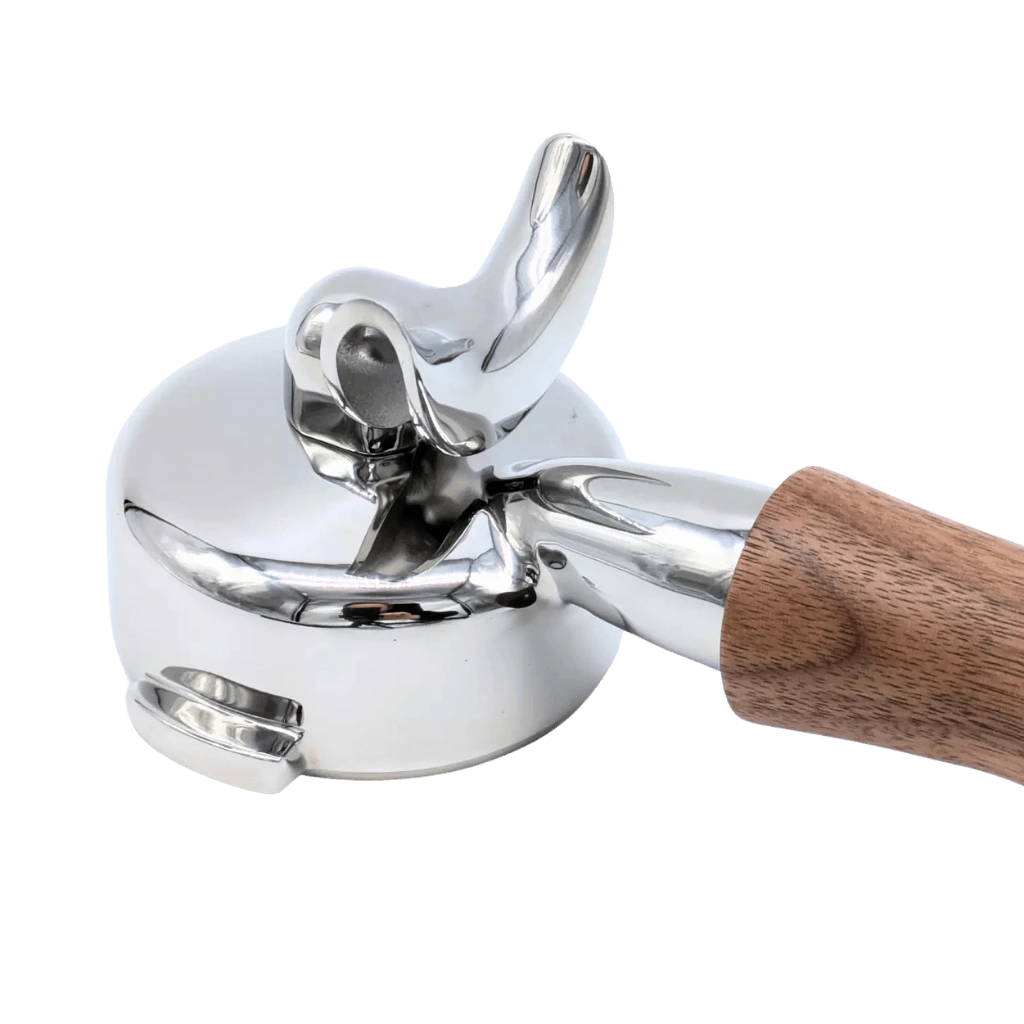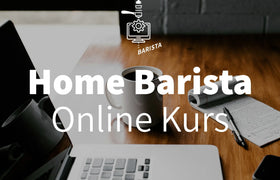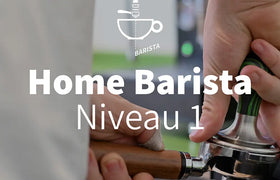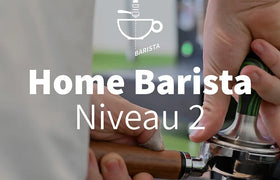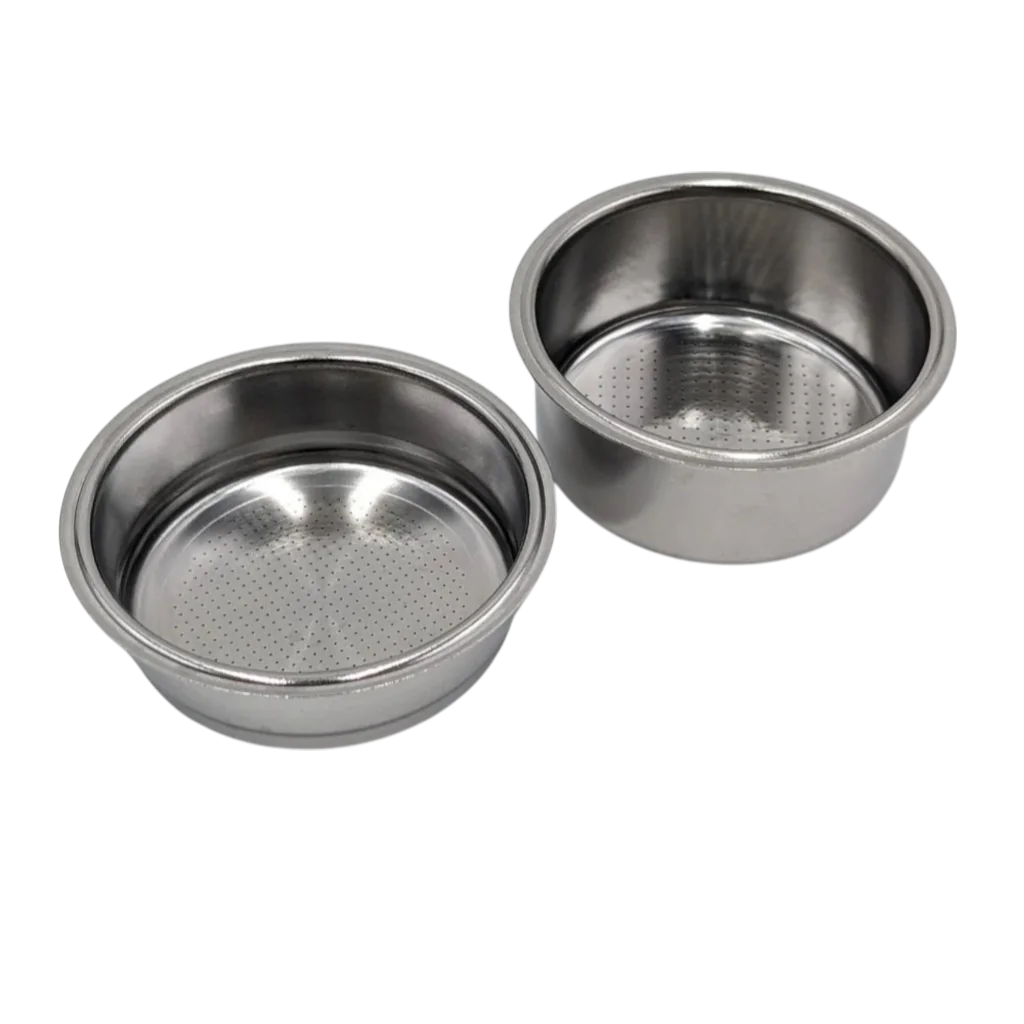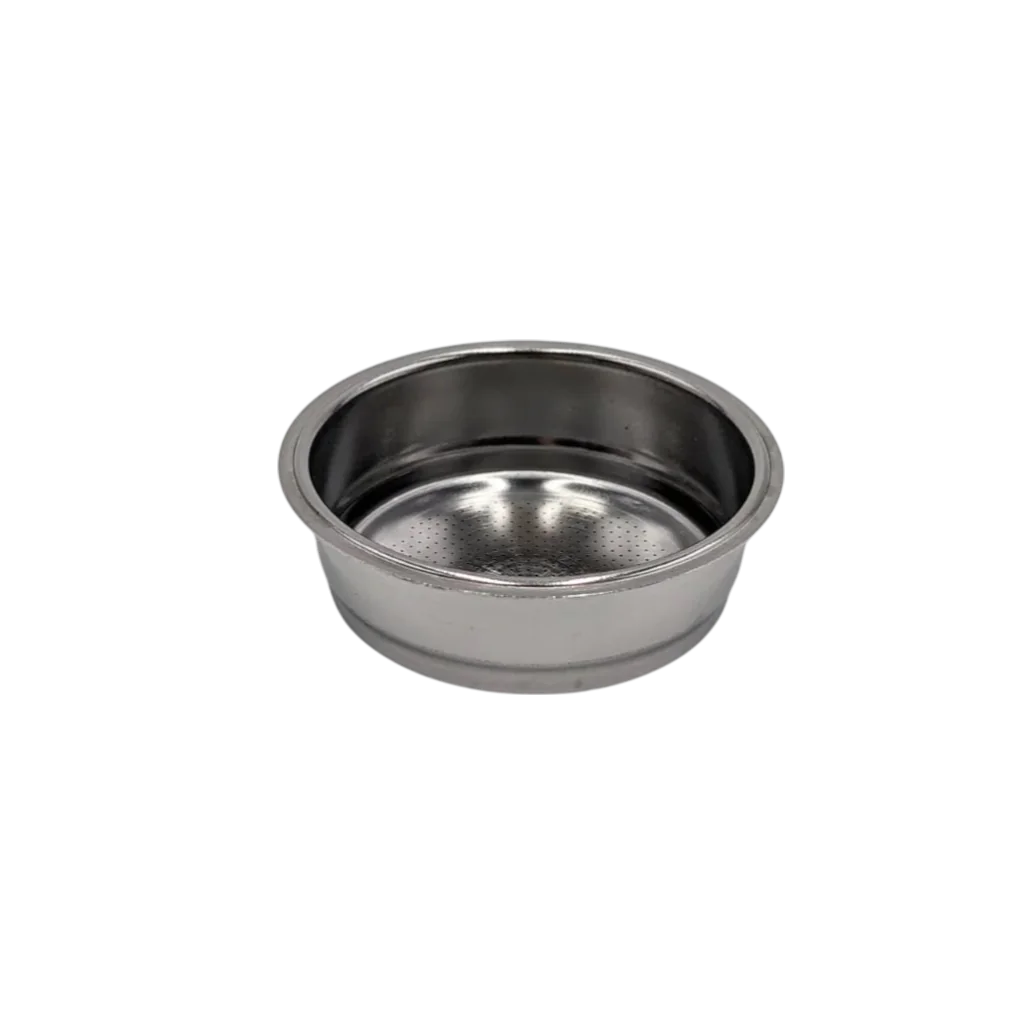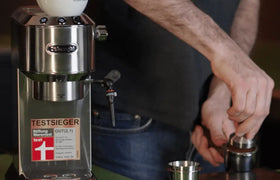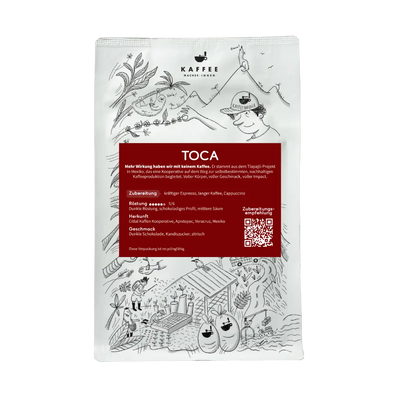Making filter coffee is easy if you follow a few basic rules. The amount of coffee powder per cup of coffee is just as important as the temperature of the water and the freshness of the coffee. In these instructions we explain everything you need to know to make filter coffee a success. At the end of the article we will go through a brew step by step and illustrate it with pictures and videos.
With the right technique it is very easy to make really good filter coffee. At the same time, there is no cheaper way to brew coffee.
Who is this article for : anyone who has little or no experience with filter coffee. This article gives you a very good foundation. Reading time : 14 minutes. Author: the author of this article was Swiss filter coffee champion in 2014, 12th at the Brewers Cup World Championship and 3 times Swiss vice-Brewers Cup champion.
How much coffee powder per cup?
The right amount of coffee per cup is crucial for ensuring that the coffee tastes good. However, since cup sizes vary greatly, specifying the amount of coffee per cup is not particularly suitable for reliably brewing delicious coffee.
We recommend approx. 6 grams of coffee per 100 ml of brewing water. You can calculate this up and down as you wish. If you brew with 300 ml of hot water, the coffee quantity of choice is approx. 18 grams. This makes around 60 grams of coffee powder per liter.
If the coffee is too strong for you at this brewing ratio, brew with 5 grams of coffee per 100 ml. If the coffee is too weak for you, increase it to 7 grams of coffee per 100 ml. Experience has shown that Central Europeans prefer to drink their coffee in this range.
A typical coffee cup holds about 150 ml of water. According to the logic above, 9 grams of coffee would be the coffee quantity of choice. This type of coffee brewing obviously requires a scale . If you have a kitchen scale at hand, the amount can be measured quickly. If the constant measuring is too time-consuming, you can also measure how much water fits in your own coffee cup and how much coffee powder weight a heaped teaspoon holds. However, taking a quick measurement every time takes away the uncertainty as to whether the coffee that tasted good last time will taste good again this time.
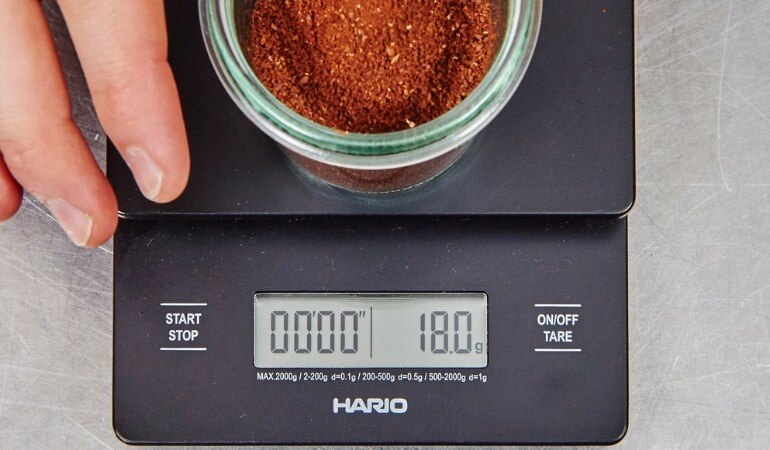
What temperature to brew?
The perfect brewing temperature is around 92 – 94 degrees Celsius. Unfortunately, many filter coffee machines cannot be adjusted. This is one of the reasons why hand-brewed coffee often tastes better. The temperature is easy to achieve by boiling the brewing water in the kettle. After about 2 minutes it has cooled to the desired brewing temperature of 92 - 94 degrees.
This temperature is a guideline that is generally suitable for good filter coffee roasts. At this brewing temperature they taste neither too bitter nor too sour - in other words they are “balanced”. That's exactly what makes a good filter coffee.
Lighter roasted coffees can easily be brewed at higher temperatures. For example, at the World Cup in filter coffee brewing, I brewed a light roasted Kenyan coffee at 98 degrees Celsius. The balance of the coffee was still there and at the same time all the complexity of the coffee bean was carried into the cup.
Darker roasted coffees are more bitter due to the roasting itself. Lower brewing temperatures are more suitable here. High temperatures further increase the bitterness. We recommend brewing temperatures of 88 to 92 degrees, i.e. about 3 - 4 minutes after the water has boiled.
On the Internet you can often find headings like: making filter coffee, making filter coffee and making coffee. We can't recommend it! Boiling coffee results in strong bitterness rather than delicious coffee. That's why we talk about brewing filter coffee.
How long should the hot water be in contact with the coffee?
The best brewing time depends largely on the amount of coffee powder and water used, the brewing method and the roast. If you brew 200 - 300 ml of water, then I recommend a brewing time of between 2 - 3 minutes. The brewing time can be extended by 30 seconds per 100 ml. From approx. 800 ml different rules apply again!
These directions can help set your brew correctly. Setting is the key word here. As with the espresso machine , with most filter methods (known as pour over or drip methods), the brewing time is set using the grinding level. The finer the grind, the greater the resistance to the water and the longer the brewing time.
With electronic filter coffee machines, the setting options are also limited. If you brew by hand, the speed of the brewing can be adjusted by adding the brewing water slower or faster.
For all brewing methods, it is ideal if the majority of the coffee and the water used are in contact throughout the entire brewing time. For example, if you brew quickly at the beginning, some of the coffee powder will stick to the top edge of the filter and will be difficult to bring back into the brew. In this case, this part of the coffee powder is brewed (extracted) less than the remaining part. These particles are “high & dry” (a common expression in the overloaded Anglicist coffee language), i.e. high & dry and do not contribute anything to the coffee taste in the cup. However, since the amount of coffee was matched to the water, the taste result in the cup may not be perfect.
In order to perfectly set up filter coffee machines, calculating the brewing cycle is practical. A complete brewing process is brewed without coffee powder in order to measure the effective drip time. Getting the most out of a filter coffee machine will be the subject of another article.
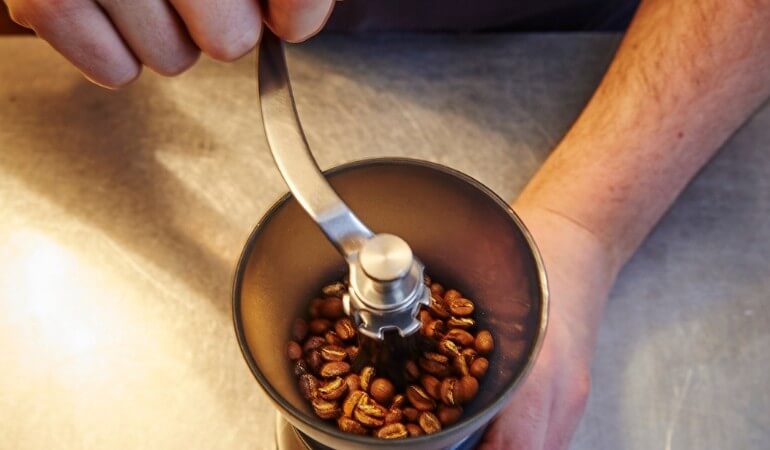
The coffee grinder as the key to good coffee
The chapter about the brewing time already made the importance of the coffee grinder clear. Only those who can grind the coffee will be able to control the brewing time by adjusting the grinding level. Of course, the coffee can also be ground in many places at a roaster or in the supermarket. However, this grinder previously contained at best not so fine coffee and at worst grain or pepper.
Buying ground is not an option either. In this case, the grinding level is not set appropriately. In addition, the coffee loses quality with every second after grinding. The whole bean, in its unground structure, is a kind of protective layer for the coffee. Air only reaches the surface and only reacts with it. Once coffee is ground, the surface area multiplies thousands of times. The reaction with oxygen and light begins immediately at every cutting and breaking point. Volatile aromas from the coffee escape. At the same time, an oxidation process begins, which can be tasted very quickly.
Even without practice, participants in our sensory courses discover the off-taste of “old coffee” just two hours after grinding. Coffee initially loses its complexity and then becomes rancid in taste.
The grinder aims for a medium grind. The coffee should feel like fine polenta. The brewing water must not slide through the coffee faster or slower than approximately the time specified above.
Which equipment makes sense?
Filter coffee is also such a popular method because it is so easy and quick for anyone to master. An enormous budget is not necessary either. In many countries, filter coffee is brewed in cloth filters that resemble socks or tights. There are basically no limits to your own experimentation. A classic filter like those from Melitta, Hario or Kalita doesn't cost much and is ideal. Cheap filter coffee machines are also available for well under 120 CHF/100 euros.
However, in this price range I would always advise you to use a hand filter and spend more on the coffee machine. The main problem with cheap filter coffee machines is that they do not control the brewing temperature precisely. The second and even more important phenomenon is the distribution of water on the coffee bed. Almost all cheap filter coffee machines drip unanimously on the same point.
That's a problem! “Turbulence” occurs especially at this point, i.e. turbulence between water and coffee. This area is particularly heavily washed out. This leads to over-extraction at this point and, as a result, bitterness. Meanwhile, the remaining coffee powder is not moistened enough and therefore cannot bring its own delicious potential into the cup.
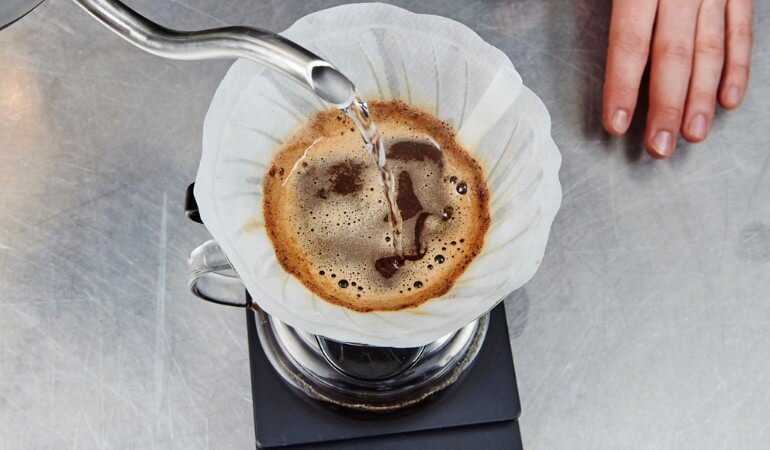
I prefer the hand filter!
Therefore my advice: brew with the hand filter. It brings you closer to coffee and allows you to really learn how to make filter coffee.
I also recommend a simple mill . A hand mill is perfect. If you enjoy brewing coffee and often want to delight groups or the office, then the electric Wilfa grinder is a good choice.
The equipment is complete with a scale and can then be expanded as desired. The scale helps you measure the amount of water and coffee. Any letter or kitchen scale will work. Coffee scales also have a stopwatch - a practical toy that gives you control over the brewing time.
Paper, fabric or metal filter paper - what's the difference?
The paper filter bag, like the fabric filter or metal filter, does a good job. All three separate the majority of the coffee powder from the coffee drink. The most consistent thing is the filter paper. While fabric and metal filters allow some sediment and coffee oils to pass through, the filter paper, depending on its density, stops the coffee solids almost completely.
Personally, I prefer to drink paper-filtered coffee. This makes it the clearest and there is no trace of sediment left in the cup that bothers me when I take the last sip. Coffee filtered through paper has a lighter body and feels less heavy on the tongue. But when brewed well, this coffee makes up for that with “elegance”.
Coffee filtered with cloth or metal is strong and can produce different notes due to the taste of the coffee oils than coffee filtered with paper.
If the choice is between fabric or metal, then I choose a very fine-mesh metal sieve or net, such as the Coffee Dribbler. We also made a test video about the Coffee Dribbler that highlights the advantages of this fine-mesh filter.
The big advantage over the fabric filter is that it is relatively easy to clean. Fabric filters become dirty quickly and heavily and must be cleaned very thoroughly by machine in order to avoid developing any taste of their own. But you always get some patina from the fabric filter. Unfortunately it doesn't work without it.
Soft water is good water
When brewing filter coffee, the softer the water, the tastier your coffee is. The nice side effect. Your kettle will calcify less.
Medium-hard and hard water buffers the acid in coffee. Acid is very important for the balance and taste of all complex luxury foods. Without acid, coffee tastes bland and empty. It's actually like this: hard water turns a very good filter coffee into an average one.
A few years ago I traveled through Switzerland and tested different waters to see which ones were good for brewing coffee. You can read the results here .
Soft and very good water for brewing filter coffee has less than 8 German hardness and more than 2 dH. You can filter this water or use mineral water.
If you want to buy soft water, you will definitely find the perfect mineral water in your region in this gigantic list .
It may sound exaggerated that water plays a role in this guide to good filter coffee. However, filter coffee consists of 98.5% water and just 1.5% dissolved coffee particles. These numbers alone illustrate the importance of water.
Which coffee is best for filter coffee?
Coffee beans that are light to medium-dark roasted are better for filter coffee. They have a more balanced taste and are easier to brew. Darker coffees tend to be bitter. Lighter roasted coffees show the typical flavors of the region of origin more clearly. The way the green coffee is prepared after the harvest is not overshadowed by strong roasted notes.
Many modern “specialty coffee roasters” tend to roast coffees too light. In this case, the coffee is not roasted enough and the flavor is not yet sufficiently developed. In our view, this extreme is also not ideal.
Many good roasters now make very good filter coffee. In Switzerland, in addition to our own filter coffees, I like to drink filter coffee from Vertical , Kafischmitte or Stoll Kaffee . From Germany I like the roasts from Mokuska in Stuttgart, the Tegernseer Rösterei , Johannes Bayer , Backyard coffee and many others. Internationally, Coffee Collective is a great choice. I will expand the list when I get the chance.
How fresh should the coffee be?
The perfect filter coffee is no older than two months. You can tell if there is a roasting date on the packaging . If there is no roasting date visible on the packaging, then that is a reason not to buy this coffee.
The freshness of the coffee can only be determined by the roasting date. I like to drink filter coffee from 3 – 5 days after roasting. The opened bag should then be used within 2 weeks. As with grinding, the reason is the reaction with oxygen. Every time you open the coffee bag, fresh oxygen enters the coffee bag, which accelerates the aging of the coffee beans.
The coffee can also be brewed immediately after roasting. However, it is still heavily charged with Co2, which on the one hand does not contribute positively to the taste and on the other hand it bubbles so strongly in the filter that the brewing does not proceed evenly. It is therefore advisable to rest for a few days after roasting. When preparing espresso, it makes sense to “degas” carbon dioxide for at least 10 days.
Preparing filter coffee step by step
With the following pictures and video sequences we will go step by step through how to prepare filter coffee with the Hario V60 . These instructions can be used for any commercially available coffee filter. For example, use 18 g of coffee and 300 g of water.
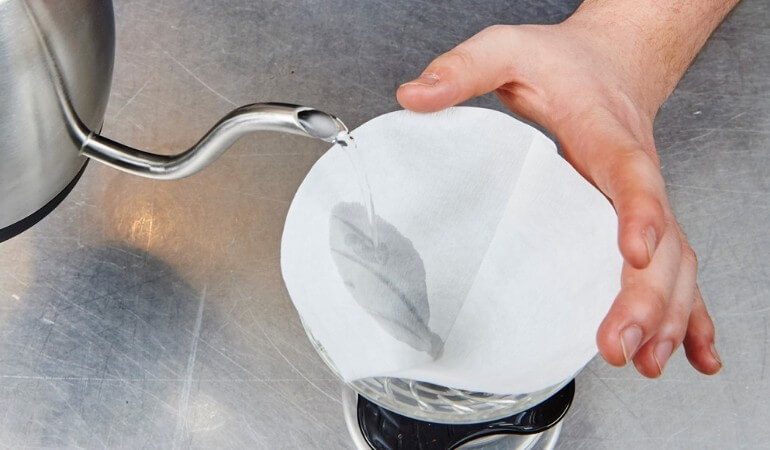
Wash the filter paper with hot water to wash out the taste of the paper. A lot of water doesn't hurt. 200 ml rinsed through is a good guideline. Try the washed out water. You will taste that you don't want this in your coffee.
We now add three times the amount of coffee used as water. In the case of this example, we use 54 g of water with a temperature of 93 degrees. This water is used to wet the entire coffee bed in a circulating manner from the inside out.
This type of pre-infusion is called blooming in English. The coffee literally blooms as some of the coffee's carbon dioxide dissolves and is released. Once the CO2 has escaped, controlled brewing is achieved.
After 30 seconds we increase the amount of water to 125 grams.
With a brewing time of around 0:50 minutes, I increase the amount of water to a total of 200 grams. I pour with the jet circulating from the inside to the outside and back in again. If the grinding level is well adjusted, the coffee bed will not rise above half of the filter paper (otherwise make it a little coarser next time).
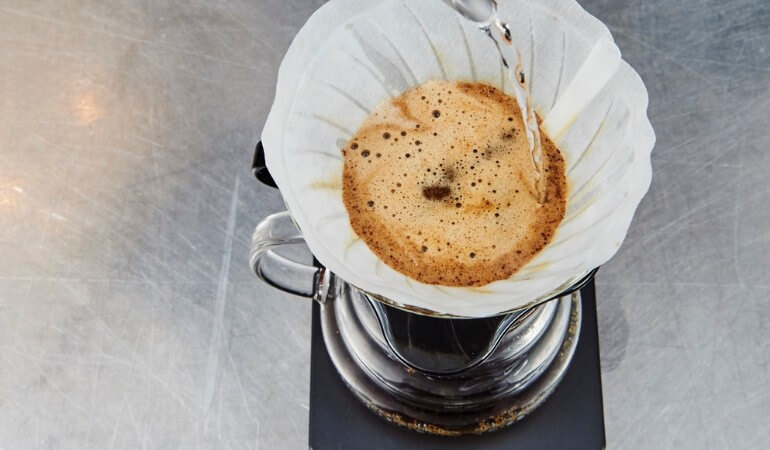
With a fourth infusion after about 1:30, I increase the total amount of water to 300 grams. Now the capacity of the water bed increases to the upper third. I use a stirring rod to rotate the entire amount of water. This continues to rotate until the coffee is finally drained after approx. 2:30 minutes.
Summary and broth recipe
There is no correct broth recipe! There is also not just one right way to make delicious coffee. This is very important. Never let anyone convince you of that. When it comes to coffee, the following applies: “what’s important is in the cup”. If your coffee tastes good, you've done everything right.
- 6 grams of coffee per 100 grams, so for example 300 grams of coffee to 18 grams of coffee
- Use water that is 92 – 94 degrees hot
- 2 – 3 minutes contact time
- Soft water with a hardness between 2 - 8 dH
- Fresh coffee = 5 days old and no older than 2 months
Have fun trying things out and brewing. How did it work out for you? What tips and experiences have you had? I look forward to your comments and comments.
If you want to learn more about brewing filter coffee, check out our channel on YouTube
* The link is a commission link to Amazon. If you buy the Wilfa via this link, you will support us in creating more test videos on YouTube.



